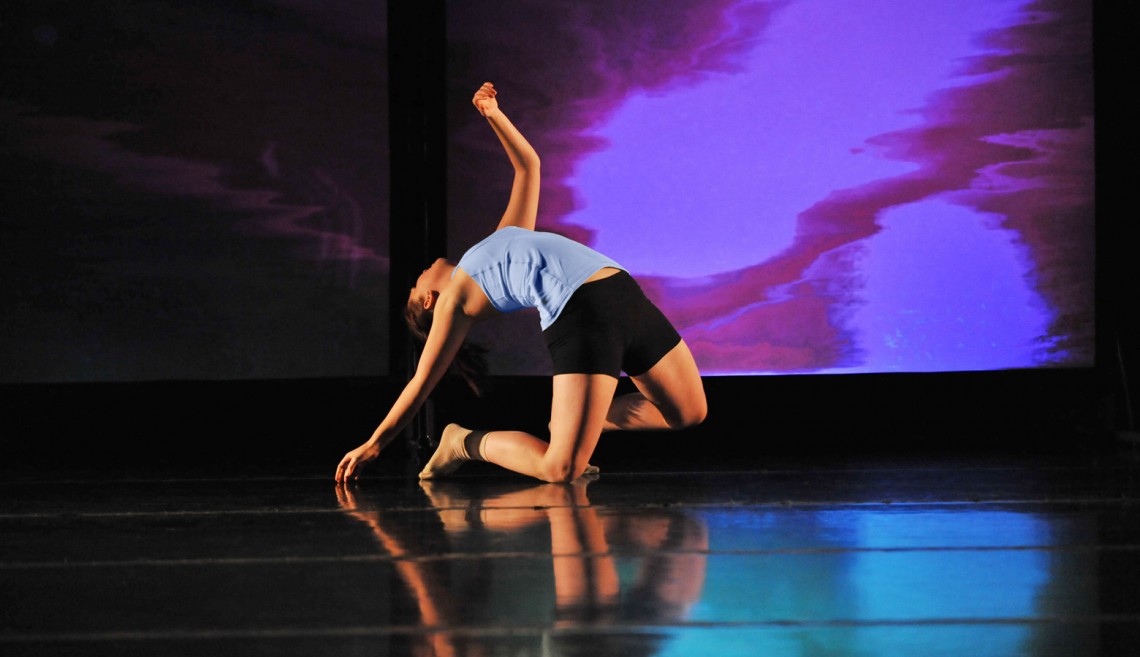
Stanford Arts looking ahead to 2016, the 125th anniversary of the opening of Stanford University
The momentum from Stanford's Arts Initiative continues to move the arts forward with new facilities and distinguished gifts.
In a recent issue of Stanford magazine, Stanford President John Hennessy wrote about the many ways that The Stanford Challenge has been transforming the university through increased financial aid, interdisciplinary graduate fellowships, professorships and new facilities.
He wrote that the Stanford Challenge, which concluded in December 2011 after raising $6.2 billion, was the most successful campaign in U.S. higher-education history, and he notes that its legacy will be felt for generations.
Over the next several years the gateway to Stanford will continue its transformation into an arts district.
Launched as one of the initiatives under the umbrella of The Stanford Challenge, the Arts Initiative has already made significant progress in four principal areas: enhancing existing arts programs, adding new facilities, creating opportunities for students and faculty, and integrating the arts throughout university life.

ENNEAD ARCHITECTS
Integration and innovation
“For Art 2016, I think of two key words: integration and innovation,” said Sarah Curran, the programming director of the Stanford Arts Institute. “By integration, I mean establishing programs and the means for all the enhanced art programs to work together.”
She adds, “Stanford is synonymous with innovation in a number of fields, and the arts is quickly becoming one of them.”
Physical transformation
Over the next several years the gateway to Stanford will continue its transformation into an arts district. Building projects on both sides of Palm Drive will join the Cantor Arts Center, the anchor of the arts district, foregrounding Stanford’s commitment to the arts and creating a space for connections among study, exhibition and performance.
First up is Bing Concert Hall, scheduled to open in January 2013. With the schedule for first performances already announced, students and faculty are eager to get into the building this fall to test and tune the acoustics for the grand opening. Bing Concert Hall is expected to play a vital role on campus and in the local community.

ENNEAD ARCHITECTS
While Bing Concert Hall hums along, construction will begin on the building for the Anderson Collection at Stanford University, scheduled to open to visitors in 2014. The Anderson Collection at Stanford, one of the most distinguished collections of 20th–century American art in the world, will be housed in a dedicated building adjacent to the Cantor Arts Center.
Finally, in 2015, the Department of Art and Art History will relocate to the new McMurtry Building on the west side of the Cantor Arts Center. The building will house the department’s programs in art practice, design, art history, film and media studies, and documentary film, which currently are housed in several facilities on campus.
Transformative thinking
If the Arts Initiative answered the question, “Which areas in the arts deserve the university’s attention?” Art 2016 will address the follow-up question, “How do we build on the momentum of The Stanford Challenge?”
“There are three areas of activity that deserve particular attention,” said Stephen Hinton, the faculty director of the Arts Initiative and a professor of humanities and music. “One is to realize to the fullest the potential offered by the new facilities. Another is to respond to the reforms of undergraduate education now under way – reforms, that is, that call for greater integration of the arts into the curriculum. Yet another is keeping alive the multidisciplinary spirit of The Stanford Challenge and the Arts Initiative by fostering new collaborations among departments and schools.”
“Stanford is synonymous with innovation in a number of fields, and the arts is quickly becoming one of them.”
“Building on the momentum of the Arts Initiative, over the next four years we will take great strides in moving the arts forward at Stanford, with a new arts district at the very entrance to campus and expanded arts programs that draw on Stanford’s strengths in multidisciplinarity and innovation,” said Matthew Tiews, the executive director of arts programs.
“It’s very exciting to think about how far we will have come by the time the class of 2016 graduates.”
